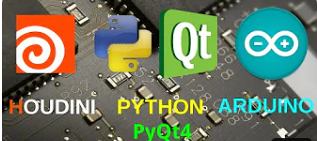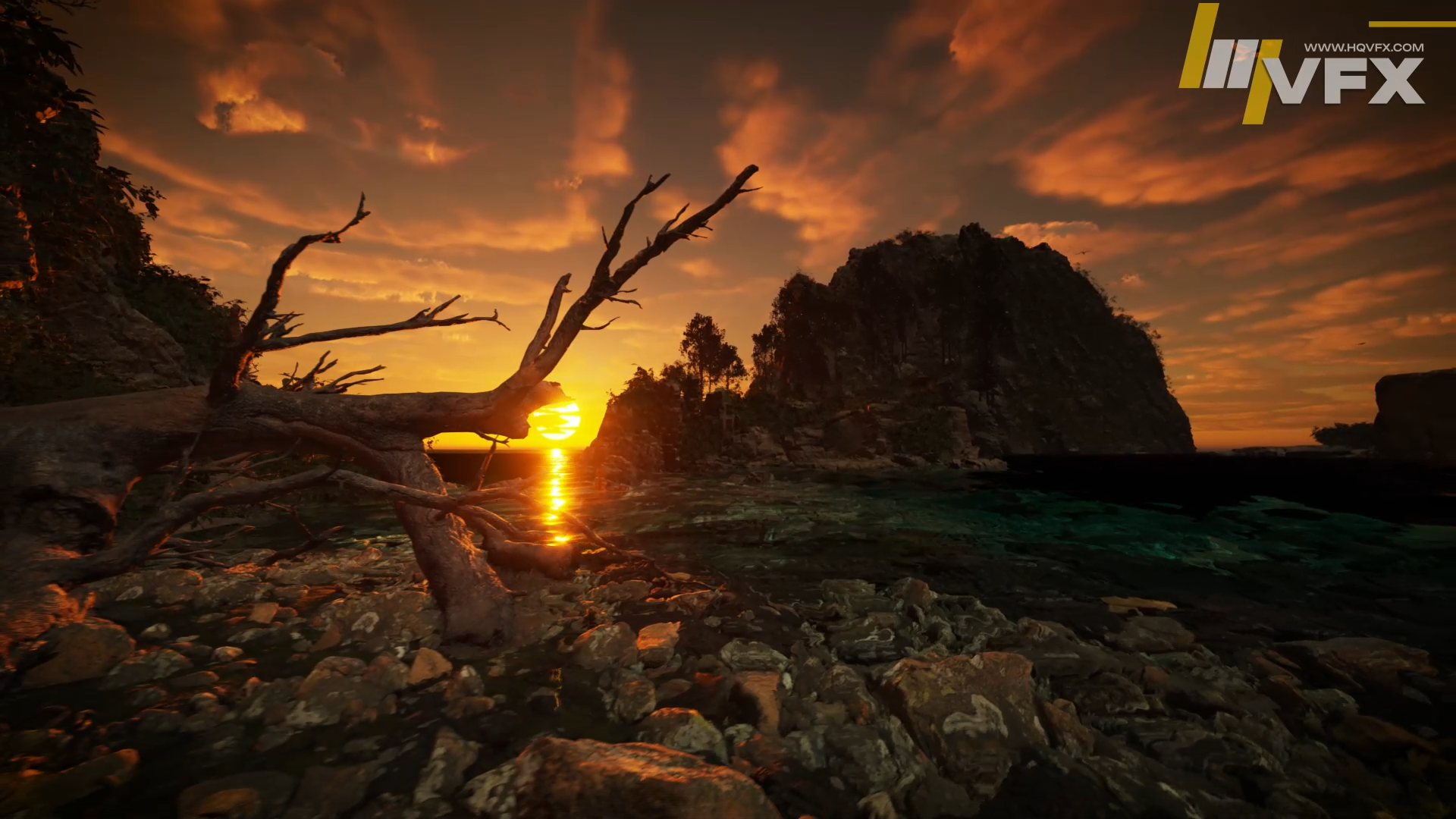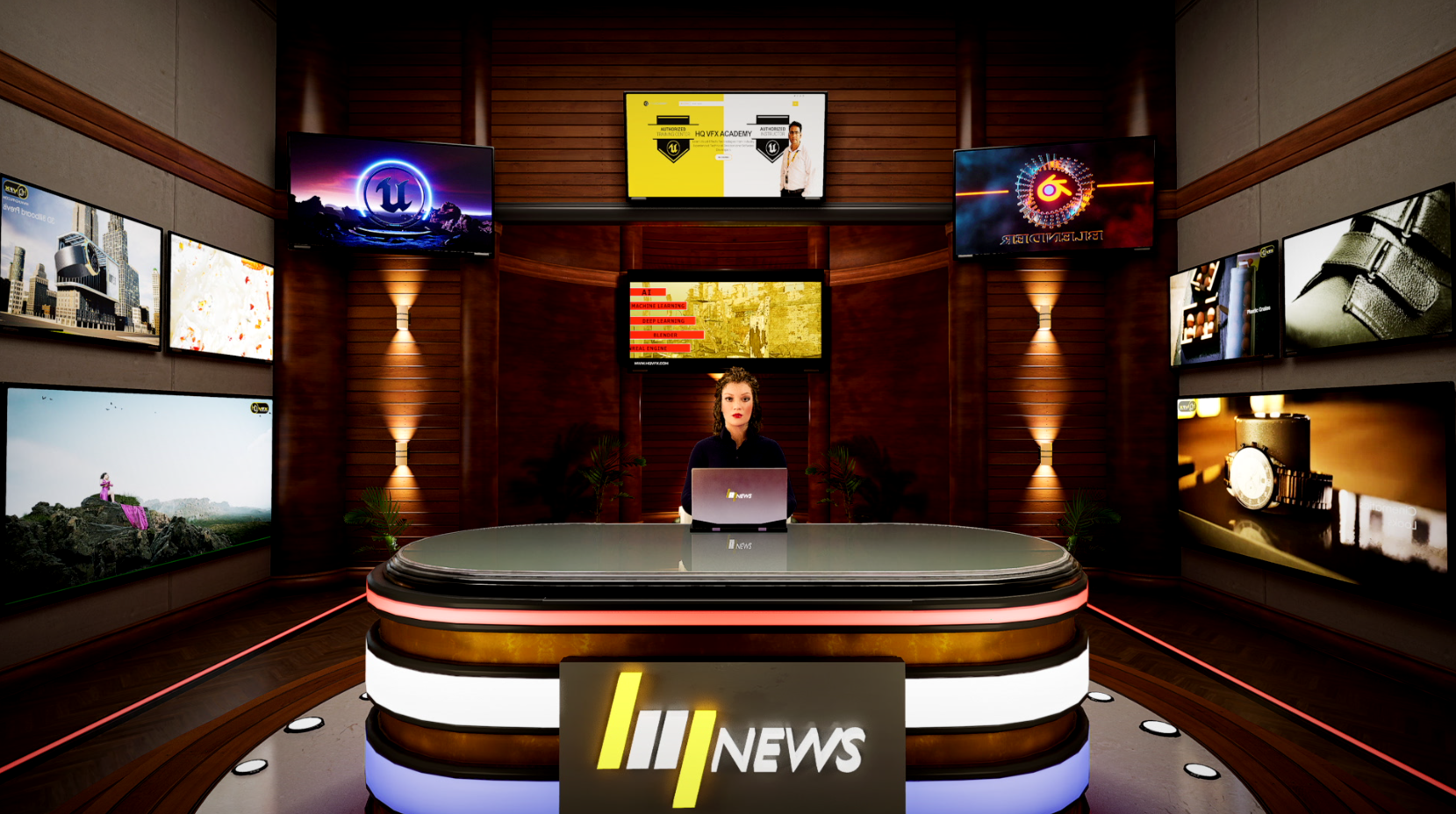Houdini with Arduino, PyQt and Python
Houdini 13: Controlling Parameters with Arduino HC-SR04 Ultrasonic Sensor
Welcome to our captivating tutorial on “Controlling Houdini 13 Parameters with Arduino HC-SR04 Ultrasonic Sensor.” If you’re eager to elevate your VFX pipeline and explore innovative techniques, integrating Houdini with Arduino can unlock endless creative possibilities.
In this cutting-edge video, we’ll walk you through the exciting process of connecting an Arduino HC-SR04 Ultrasonic Sensor to Houdini 13 and controlling parameters in real-time. The fusion of Houdini’s powerful capabilities with the interactivity of Arduino opens up new dimensions for VFX pipeline development.
Discover the functionalities of the HC-SR04 Ultrasonic Sensor and how it communicates with Houdini through Python scripts. We’ll guide you step-by-step in setting up the Arduino-Houdini connection, allowing you to capture sensor data directly into Houdini’s parameter fields.
Watch as we demonstrate how to manipulate Houdini parameters dynamically based on real-world sensor readings. This practical application can be a game-changer for simulations, animation, and interactive installations in the VFX industry.
By the end of this tutorial, you’ll be equipped with the knowledge to seamlessly integrate Arduino’s sensor data with Houdini’s vast array of parameters, enabling you to create mind-blowing visual effects and interactive experiences.
Houdini Python and Arduino: Connecting Virtual Light to the Real World
“Houdini Python and Arduino: Connecting Virtual Light to the Real World.” Unleash the potential of Houdini’s Python scripting in tandem with Arduino to create a groundbreaking fusion of virtual and physical lighting experiences.
In this cutting-edge video, we dive into the realm of Houdini Python and Arduino to bridge the gap between the virtual and real worlds of lighting. Witness the incredible possibilities of synchronizing Houdini’s virtual lights with real-world physical light sources.
Discover how to establish a seamless connection between Houdini and Arduino, allowing you to control physical lights in sync with your virtual scenes. We’ll guide you through the setup process, helping you configure Houdini to communicate with Arduino using Python scripts.
Witness the magic as we map the behavior of virtual lights to the real-world lighting fixtures controlled by Arduino. Create dynamic lighting effects that react to changes in your Houdini scene, immersing your audience in captivating visual experiences.
This innovative combination of Houdini Python and Arduino opens up endless opportunities for immersive VFX and lighting designs. From interactive installations to mind-blowing visual effects, the fusion of virtual and real-world light will elevate your studio’s creative prowess.
Don’t miss out on our latest Houdini tutorials and VFX pipeline tips. Hit the subscribe button to stay updated! For inquiries or to share your VFX journey, feel free to email us at contact@hqvfx.com.
Join us on this journey of learning and building extraordinary VFX pipelines with Houdini Python and Arduino, creating lighting experiences that blur the lines between the virtual and the real world. Get ready to take your studio’s creativity to new heights!
- 532 views
- 0 Comment





